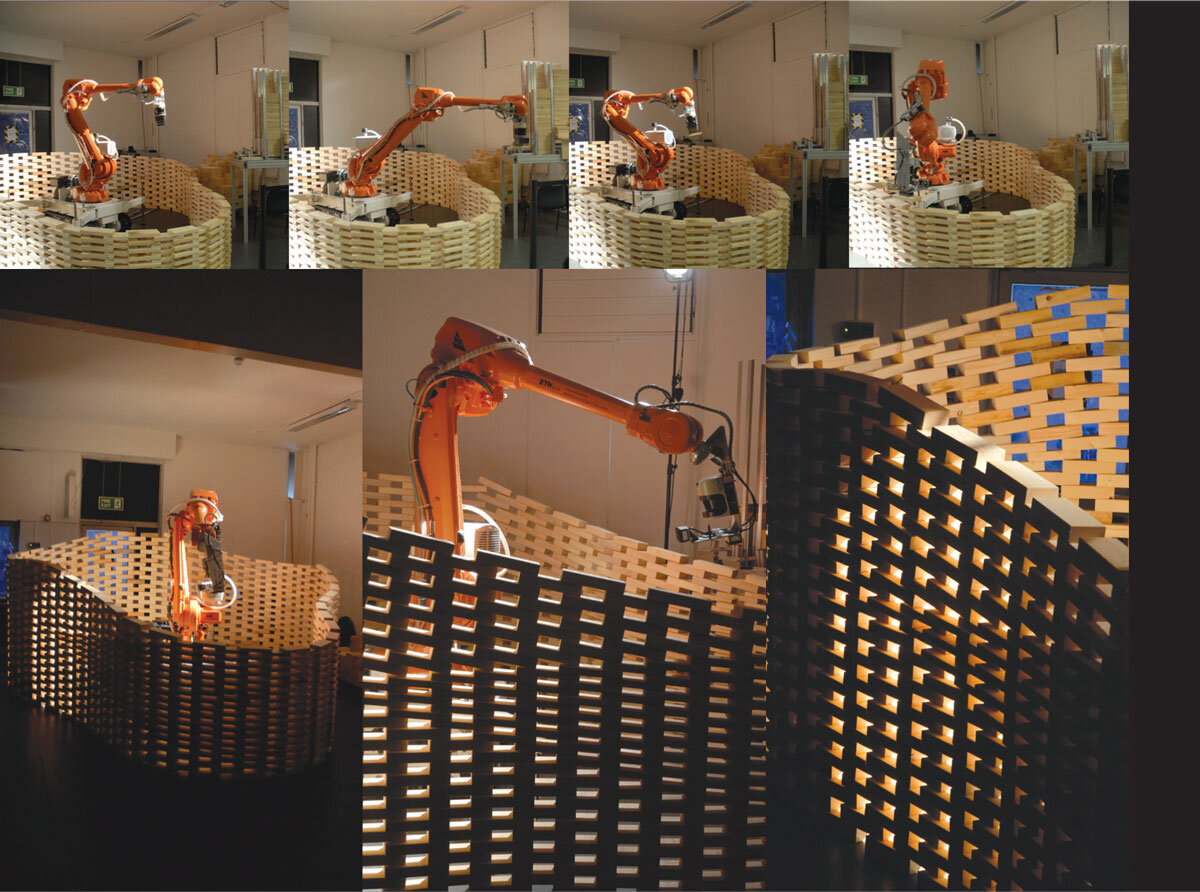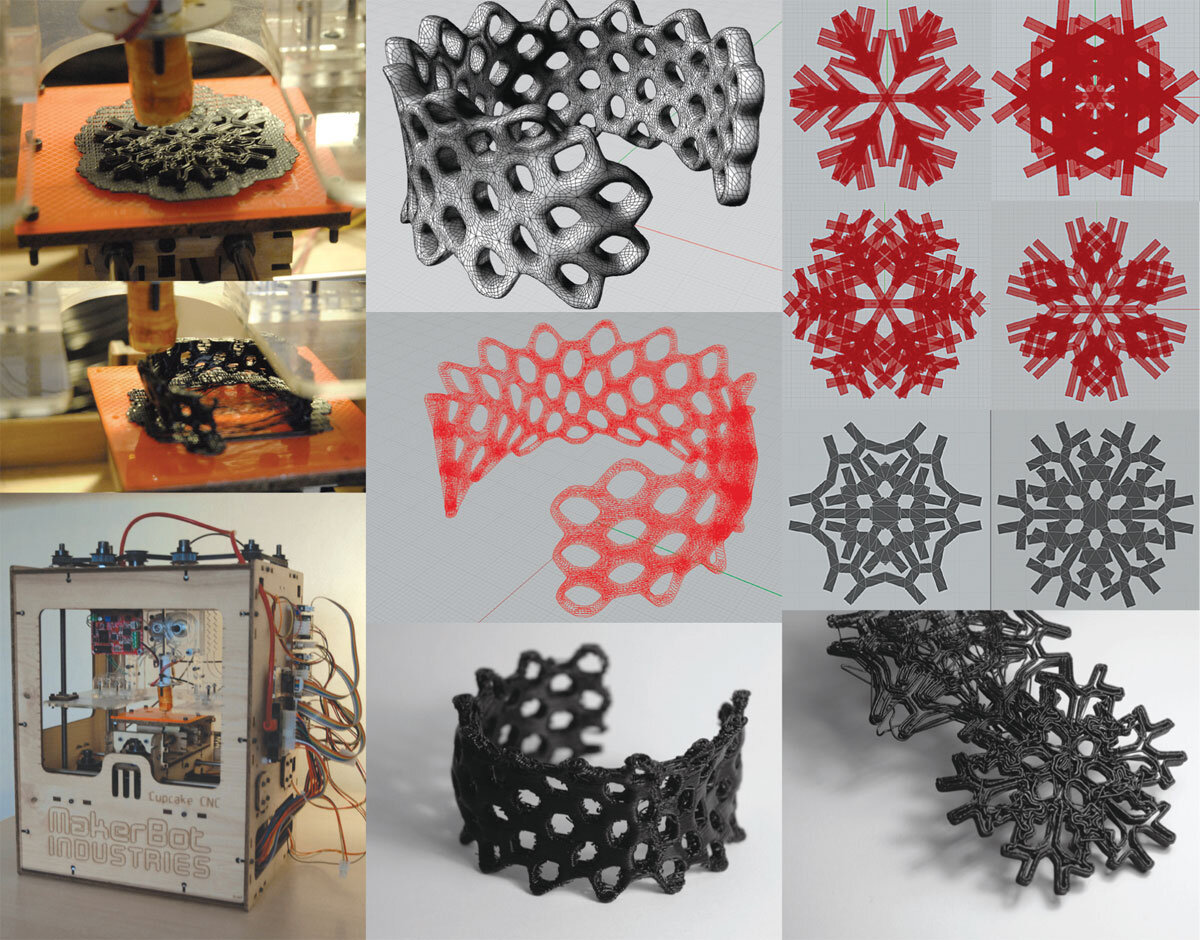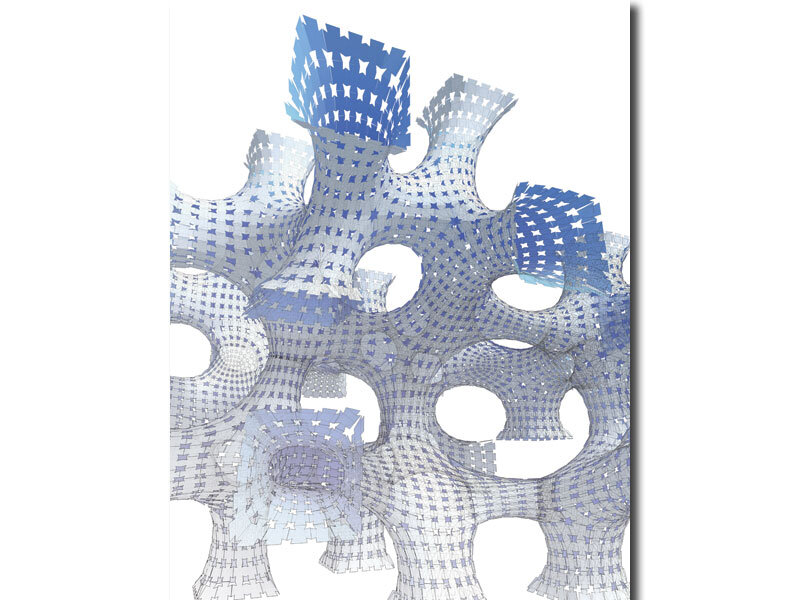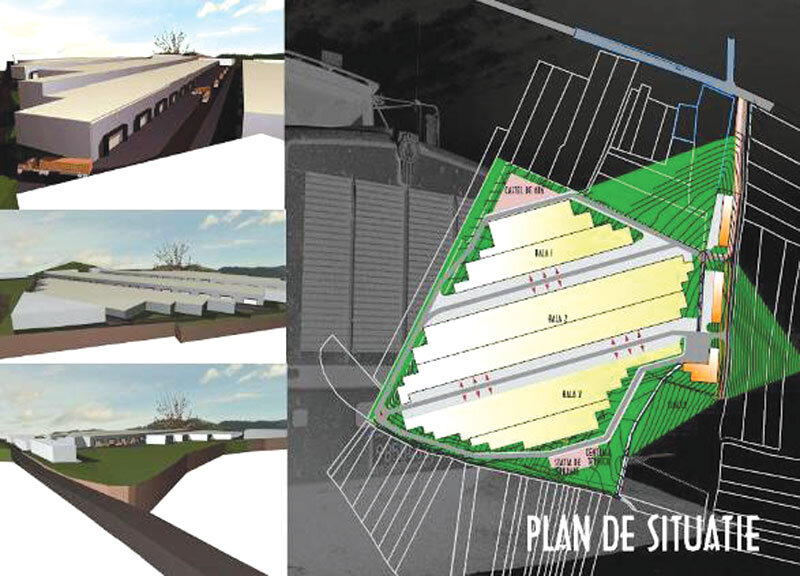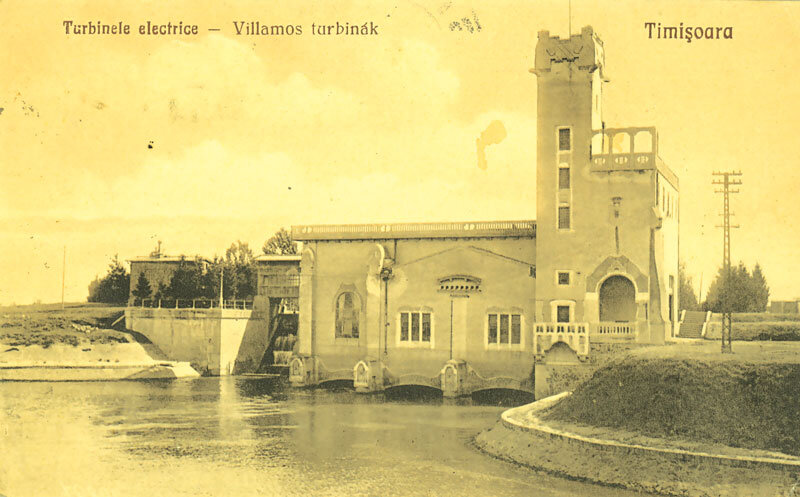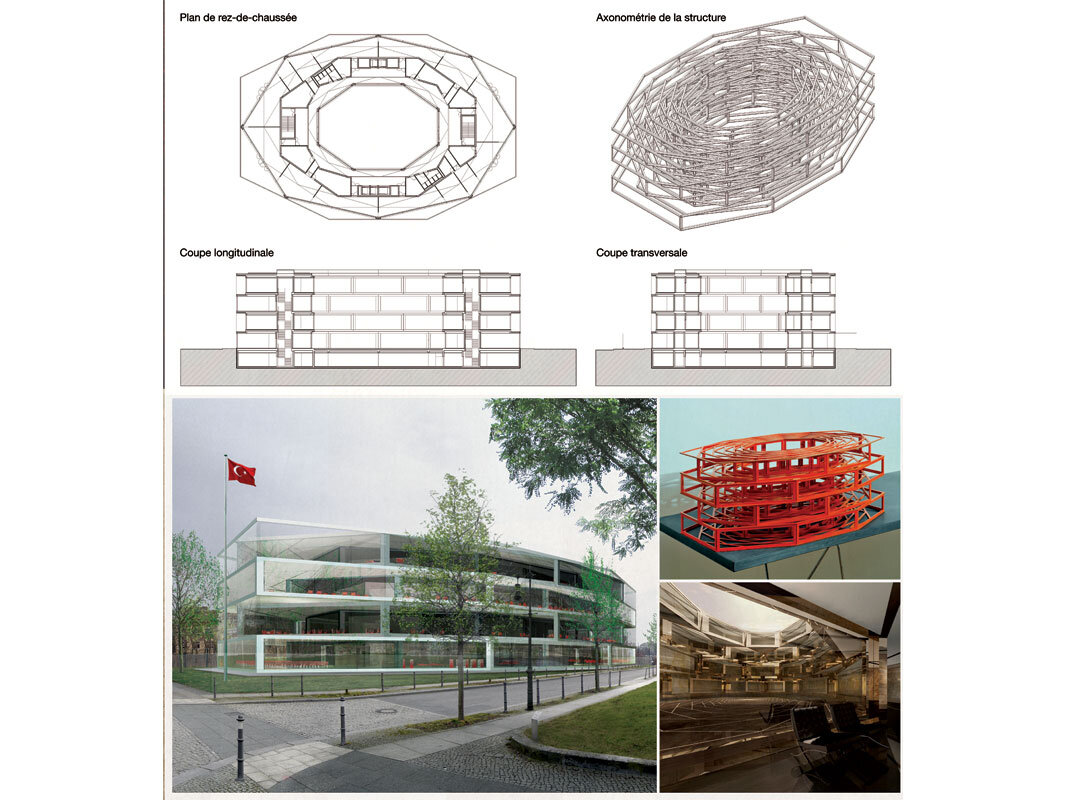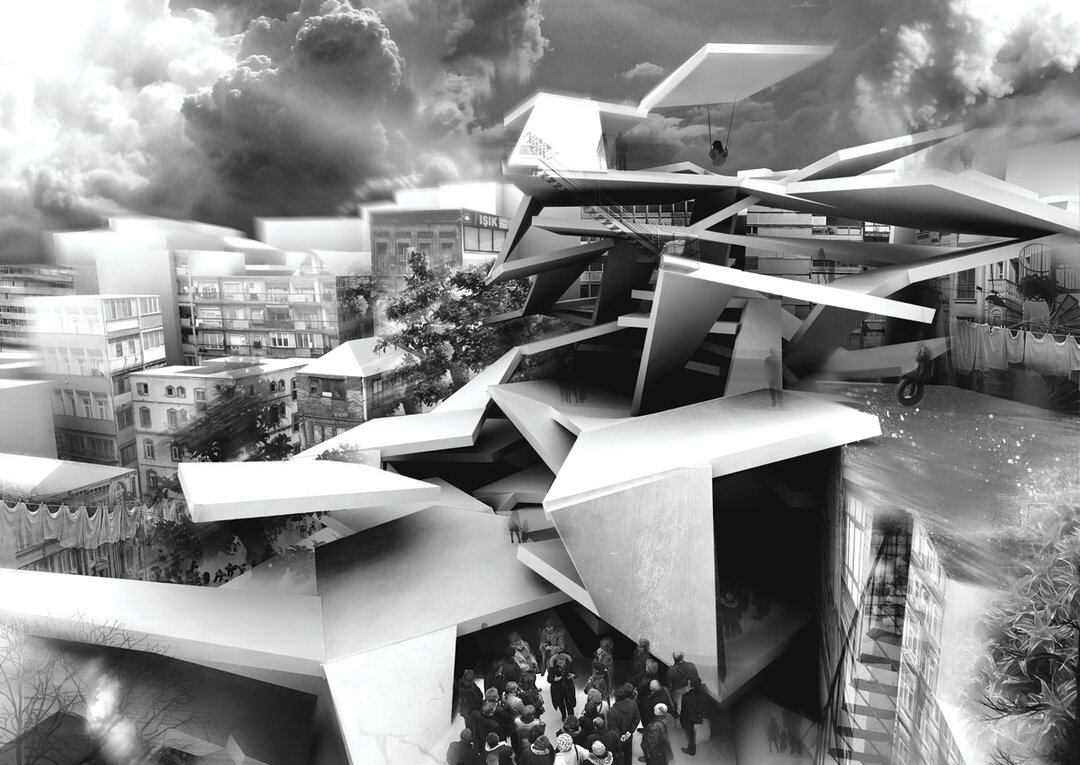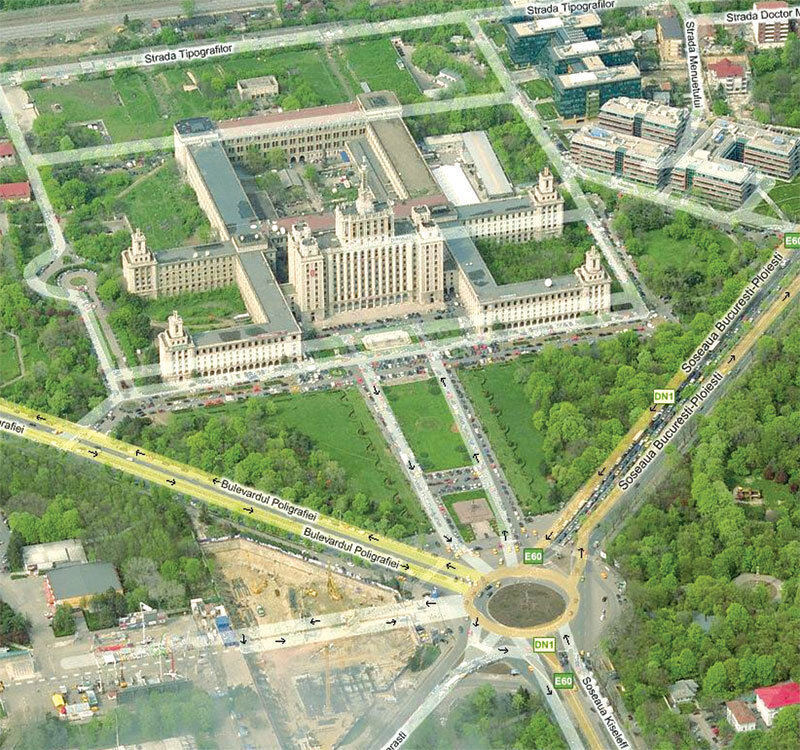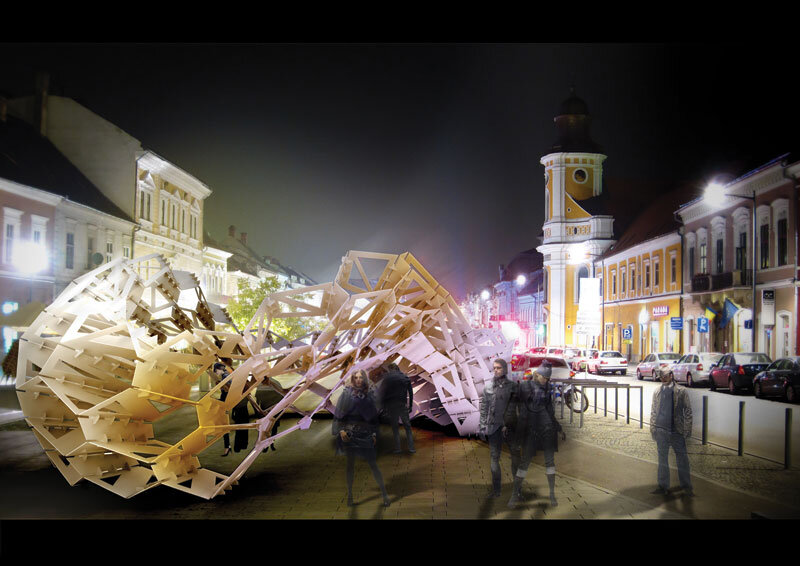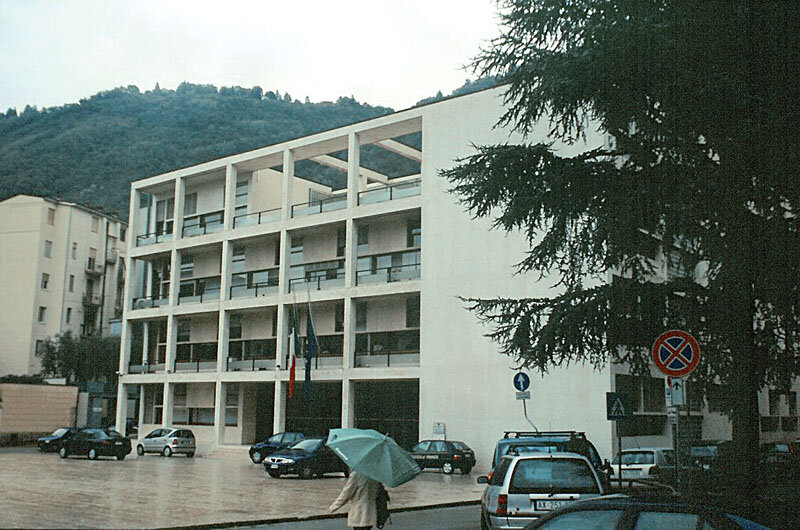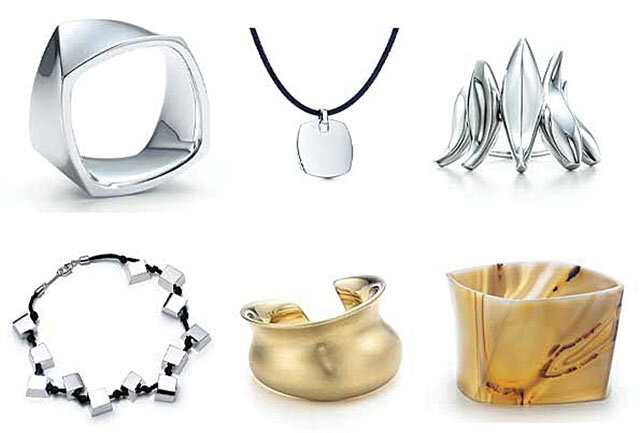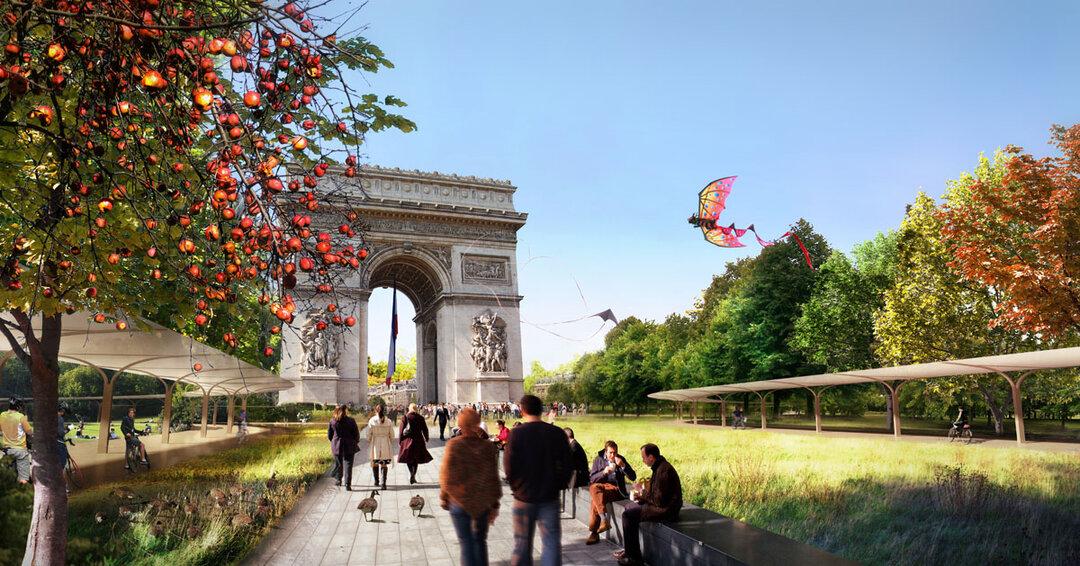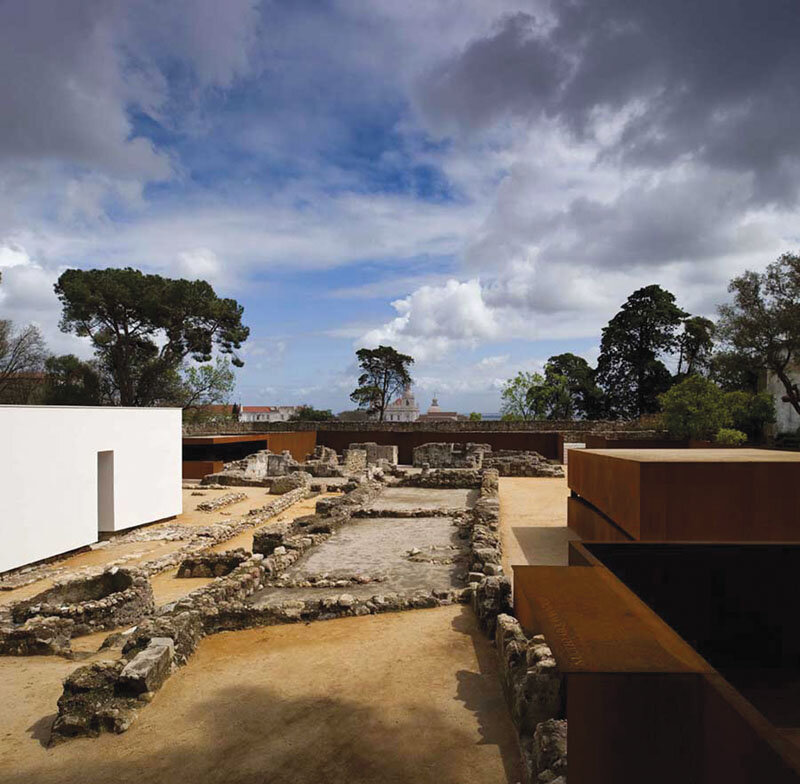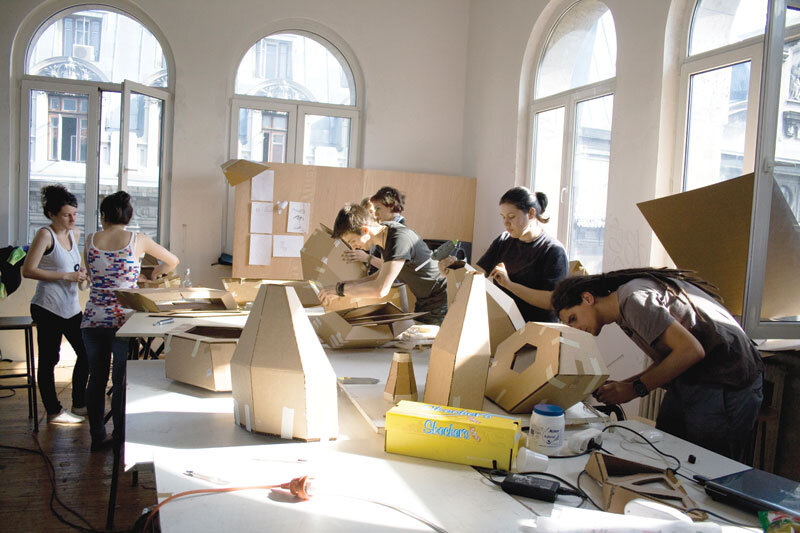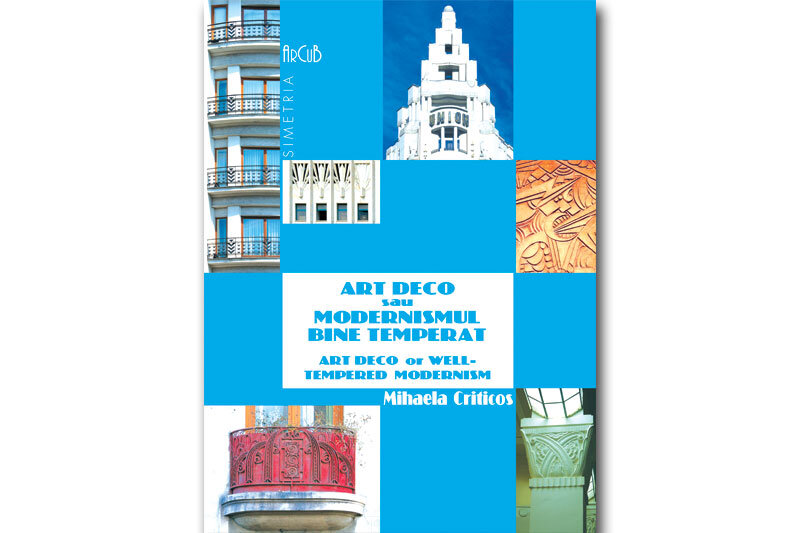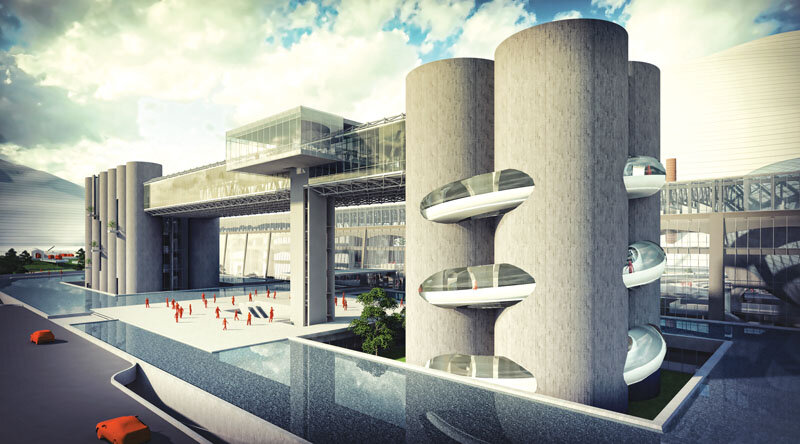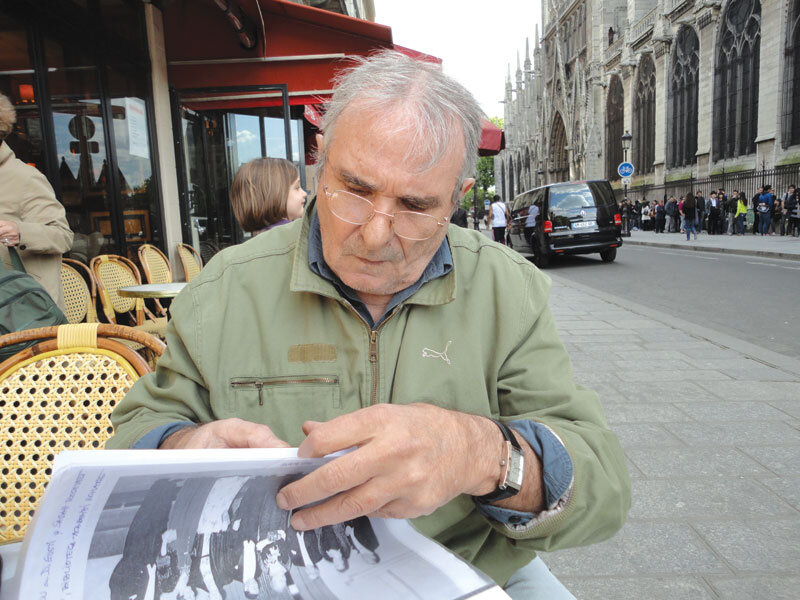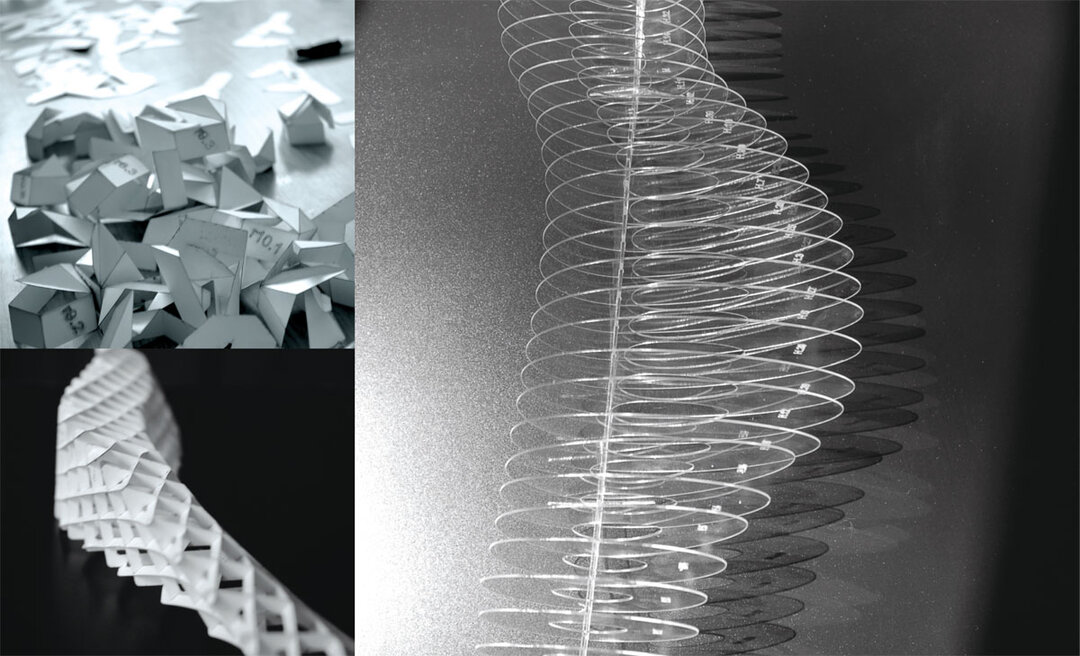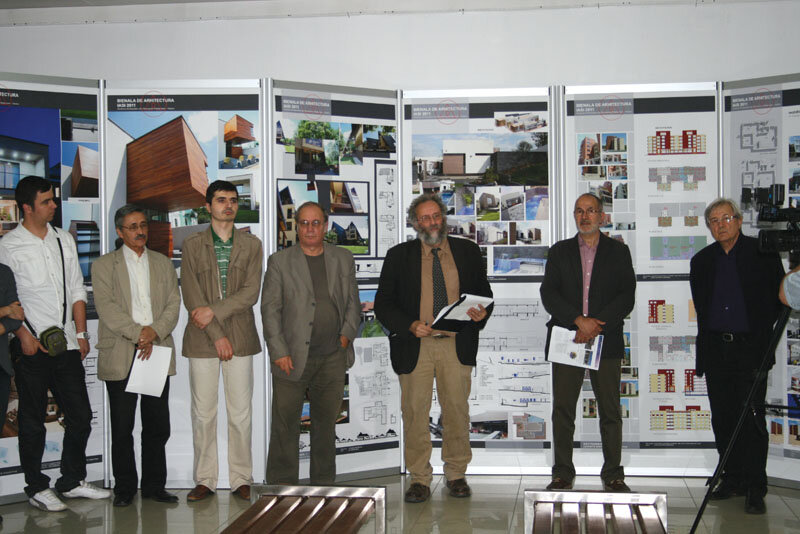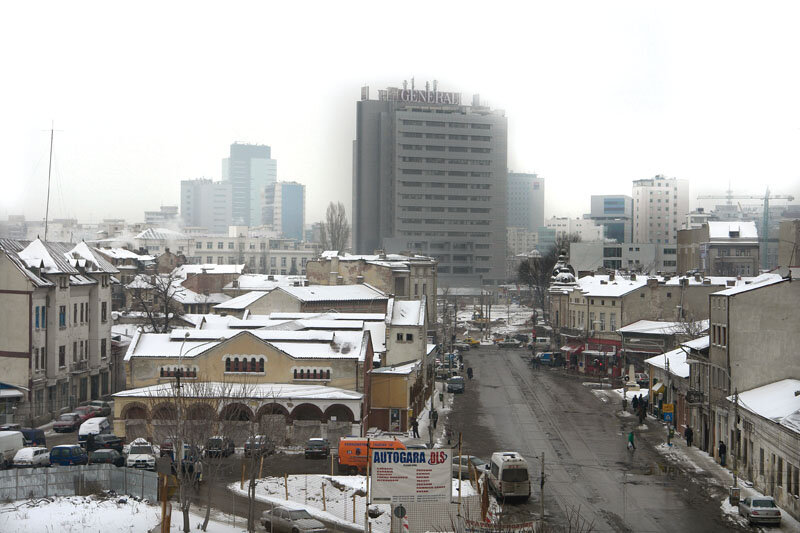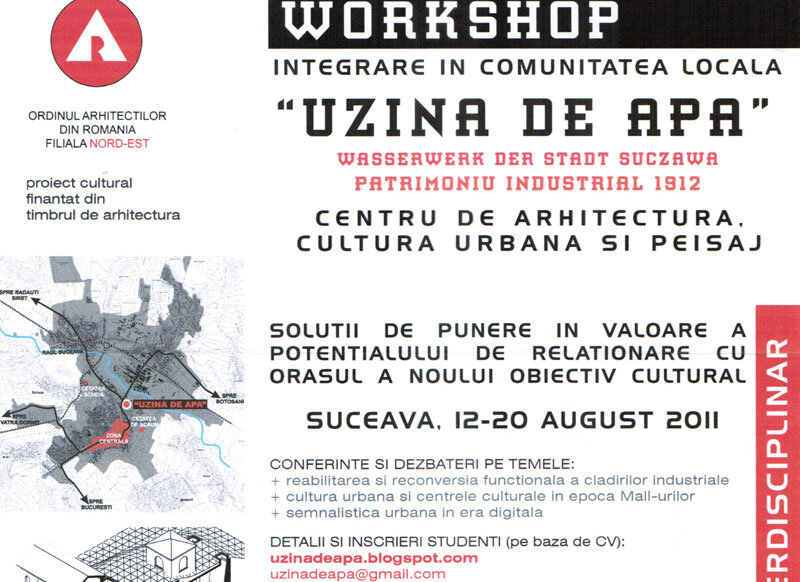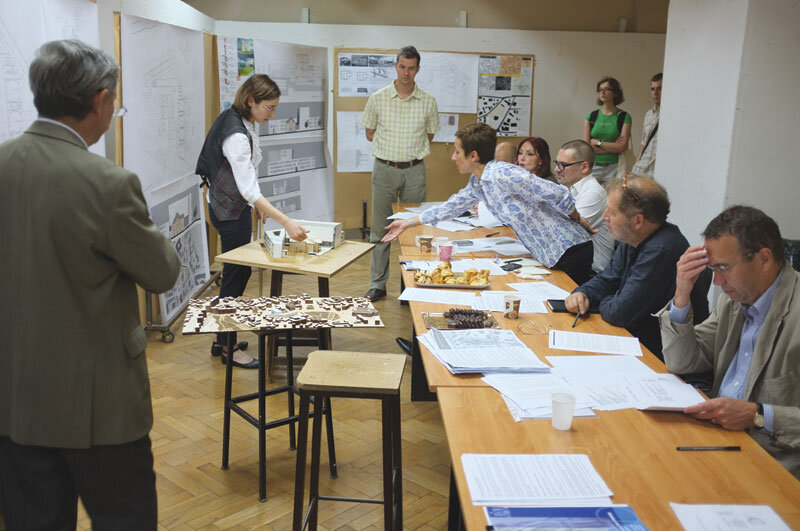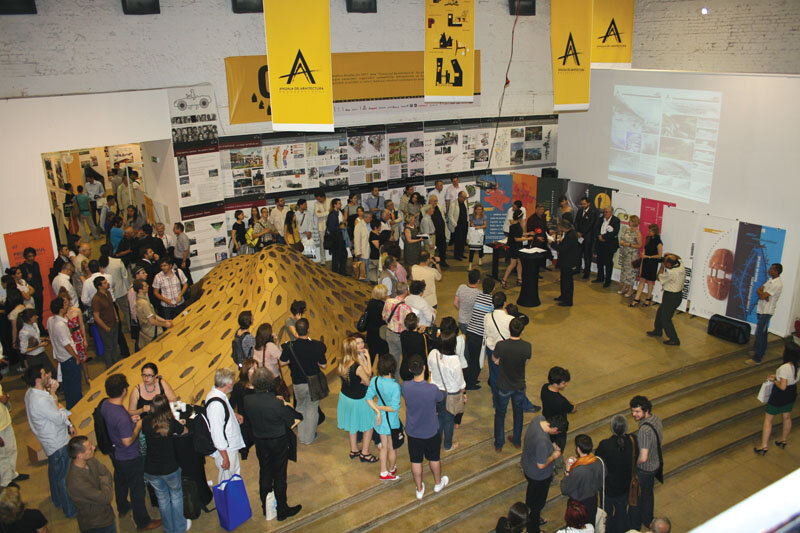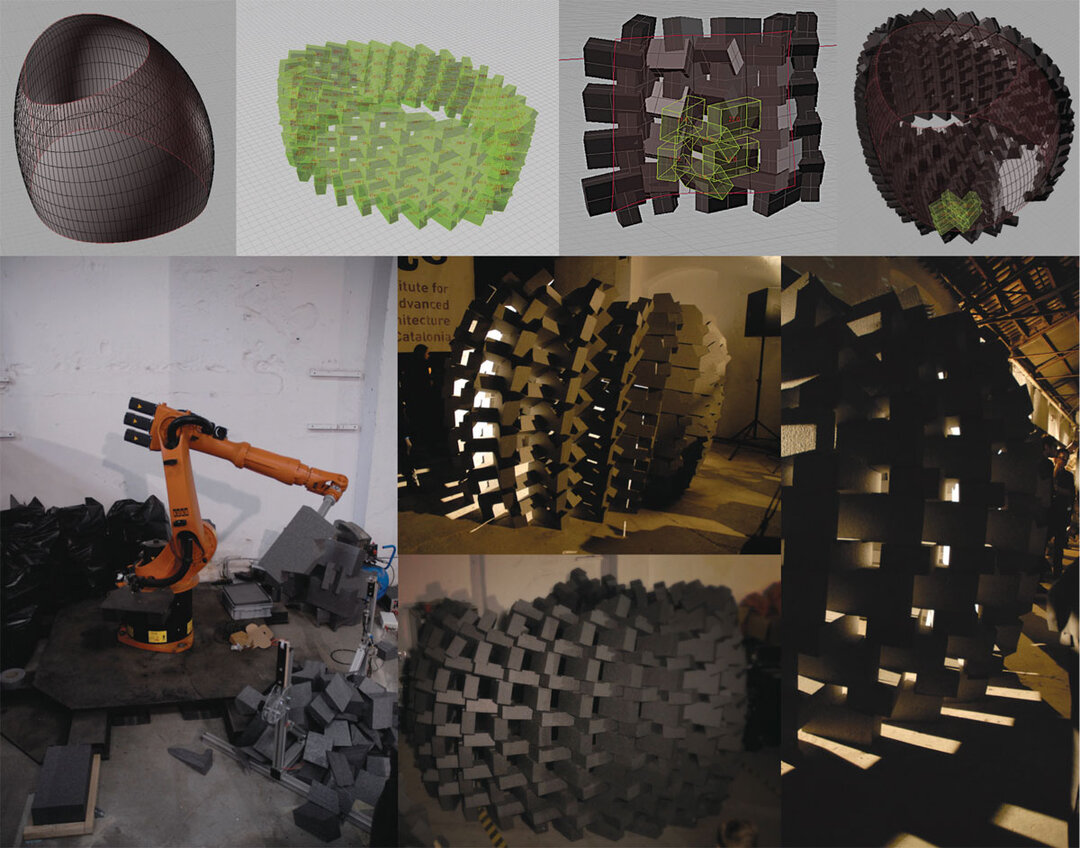
Digital manufacturing
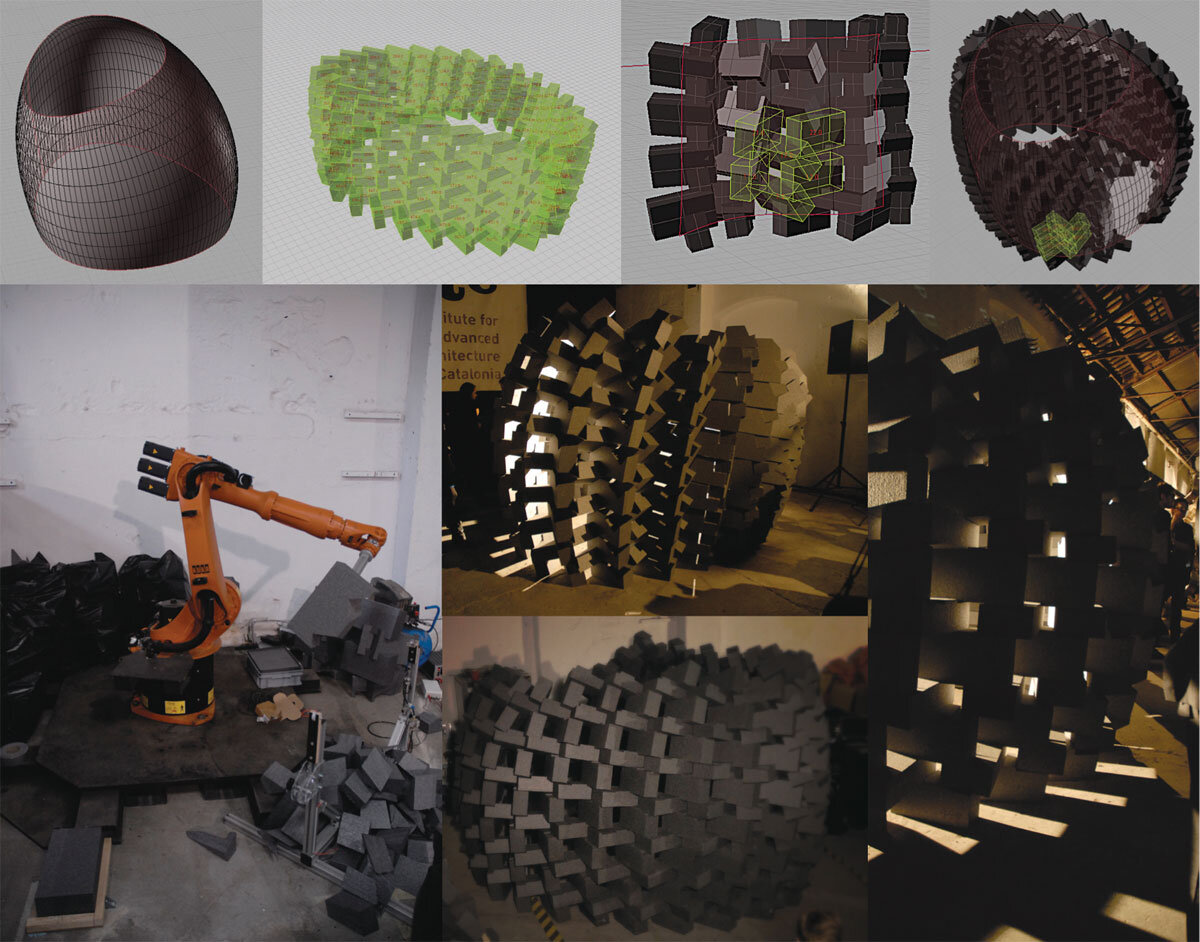
| Contemporary architectural practice is marked by digital technologies, from concept to materialization. Design, analysis, representation, representation, fabrication and assembly are all part of the same collaborative process made possible by digital technologies. Thus, by bringing information to the foreground, a digital continuum [1] is realized, a direct link between the design and the built object.By constituting a common data flow, information can be extracted, interchanged, and thus used with greater ease and speed. Thus, by using this common language, due to the digital environment, the information coming from the different specialists involved in the project generates an emergent system in which data collaborate and influence each other. On the other hand, this close relationship between design and manufacturing also results in an increase in the architect's degree of control over the final object. Inevitably his responsibility also increases. By bringing the architect closer to craftsmanship, it recalls the architect's former status as master builder. In this context, the architect should know the production characteristics of manufacturing equipment and design using the specific capabilities of these machines. Reality is heterogeneous, it is a field of relations between different elements. Today's architectural projects aim to generate a specific response, which is no longer a product of the materialization of form and program, but generated by each unique situation. Current architectural practice focuses on generating complex, heterogeneous spaces characterized by multiplicity and variability. These architectural objects acquire coherence through the phenomenon of differentiation, through serial variation [2]. Read the full text in issue 3 / 2011 of Arhitectura Magazine. NOTE/NOTES: [1] Branko Kolarevic, Architecture in the Digital Age: Design and Manufacturing: Taylor & Francis Group, 2005. [2] Greg Lynn, "Architectural Curvilinearity: The Folded, the Pliant and the Supple" in Architectural Design: Folding in architecture 1993. |
| Digital Fabrication Contemporary architecture practice is influenced by digital technologies, from concept to materialization. Design, analysis, representation, manufacture and assembly are parts of the same collaborative process that becomes possible through digital technologies. Thus, by bringing the information to the forefront, a digital continuum is reached [1], a direct link is created between the project and built object. By establishing a common data stream, the information can be extracted, shifted, and therefore used with greater ease and at a greater speed. Thus using this common language, specific to the digital environment, information coming from different specialists involved in the project generates an emergent system, where data interconnects and collaborates. On the other hand, the close relationship that exists between the digital design and digital fabrication increases the control of the architect on the constructed object. Inevitably the responsibility increases too. By facilitating the involvement of the architect in the craft, the status of the master builder that the architect had in the past is recalled. In this context the architects should be aware of the production characteristics of the manufacturing equipment and they should design using the specific capacities of these machines. The reality is heterogeneous; it is a field of relations between different elements. Current architectural projects aim to generate a specific response, which is no longer a byproduct of form and program, but it is generated by each unique situation. Current practice of architecture focuses on generating complex heterogeneous spaces, characterized by multiplicity and variability. These architectural objects gain coherence by the phenomenon of differentiation, through serial variation [2]. Read the full text in the print magazine. NOTE/NOTES: [1] Branko Kolarevic, Architecture in the Digital Age: Design and Manufacturing: Taylor & Francis Group, 2005. [2] Greg Lynn, "Architectural Curvilinearity: The Folded, the Pliant and the Supple" in Architectural Design: Folding in architecture 1993. |
